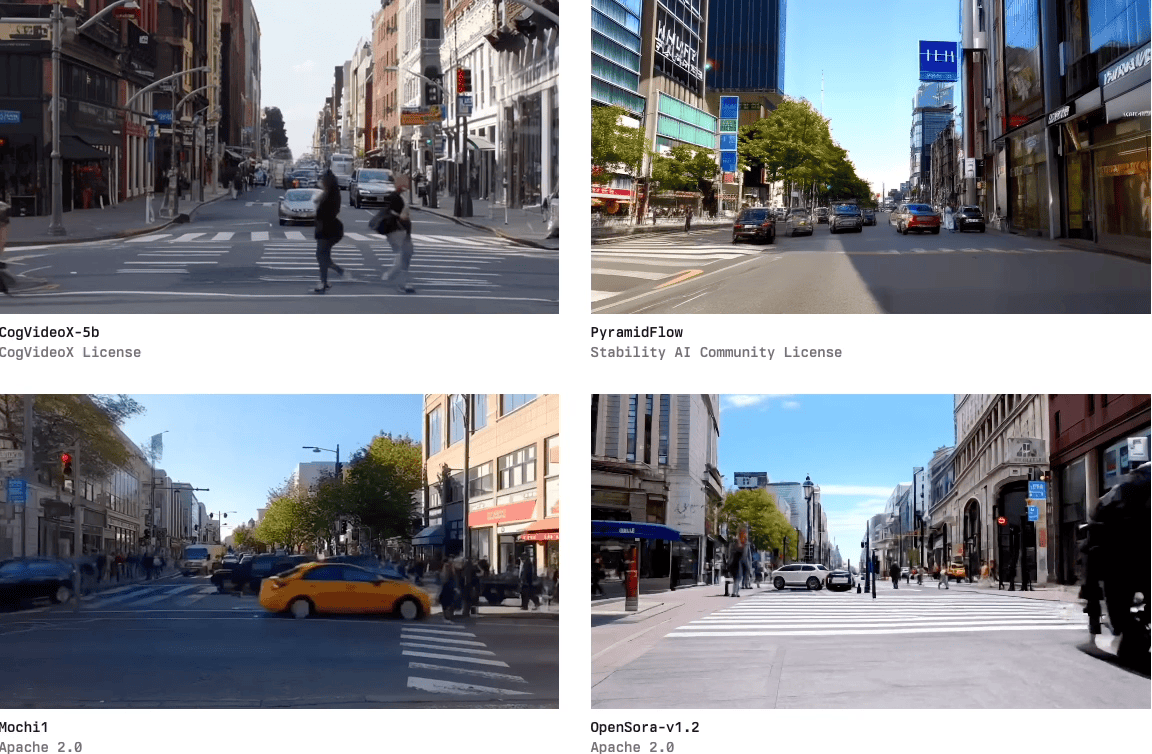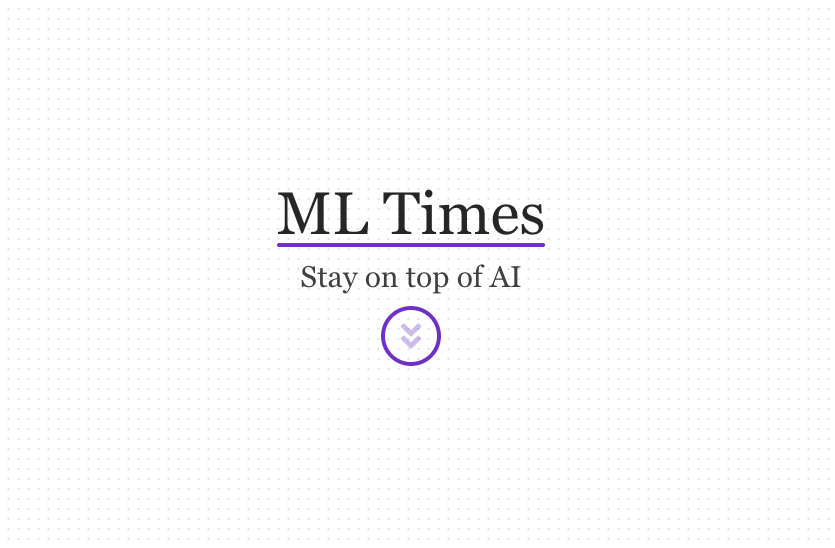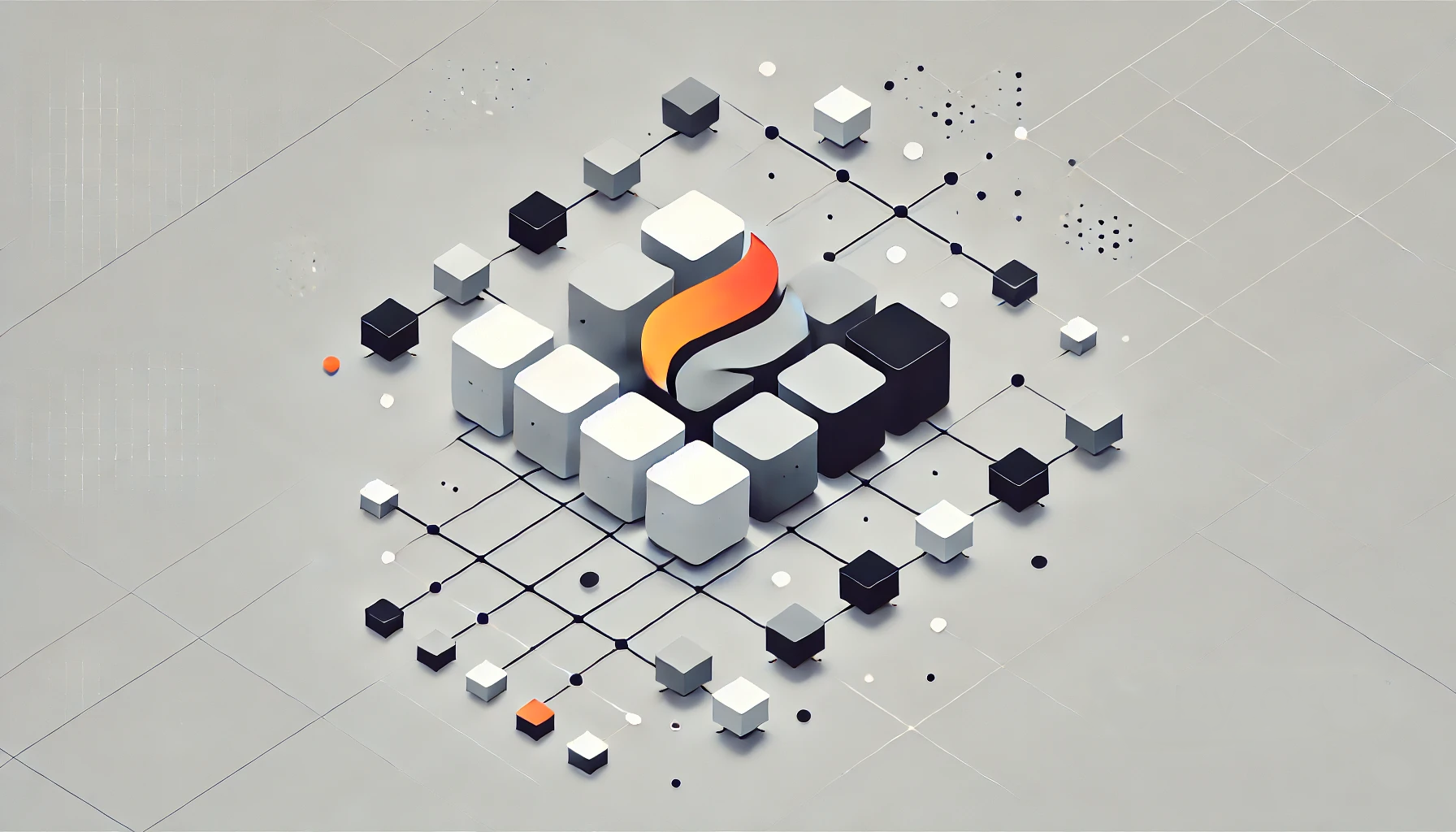Building a vision for the
AI Developer
Unlocking compute for AI developers to innovate and create.
Text2Video Leaderboard
Ranking text-to-video models by human preference.
Side-by-side, no cherry-picking.

ML Times
Your Go-To Source for the Latest in the Field, Curated by AI.
Sift through the excess. Make every word count.

The LLM ARChitect
Solving the ARC Challenge Is a Matter of Perspective
Better reasoning. Less compute.
Distributed Training Guide
Our zero-to-hero guide for scaling up distributed training in PyTorch

Boost research with best practices and system insights
Text2Video Pretraining
Lessons learned from training a text-to-video model with Hundreds of GPUs
Learn moreMLCommon Benchmark
Time-to-solution benchmark for training foundation models on clusters.
Learn moreRecognized by scholars and industry peers
clip2latent
Text driven sampling of a pre-trained stylegan using denoising diffusion and clip
BMVC 2022
Learn moreAdversarial Monte Carlo denoising
With conditioned auxiliary feature modulation
ACM Trans. Graph. 2019
Learn moreRenderNet
A Deep Convolutional Network for Differentiable Rendering from 3D Shapes
neurIPS 2018
Learn moreMGANs
Precomputed real-time texture synthesis with markovian generative adversarial networks
ECCV 2016
Learn moreCNNMRF
Combining markov random fields and convolutional neural networks for image synthesis
CVPR 2016
Learn moreJoin us in shaping the future of AI
We're committed to supporting groundbreaking research by offering qualifying researchers up to $5,000 in cloud credits to develop and showcase their work using Lambda's On-Demand Cloud platform, with select research to be featured on our website.
